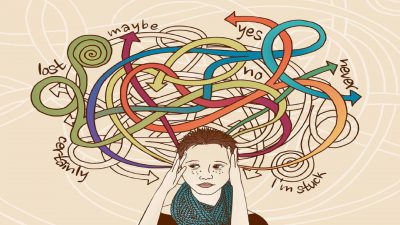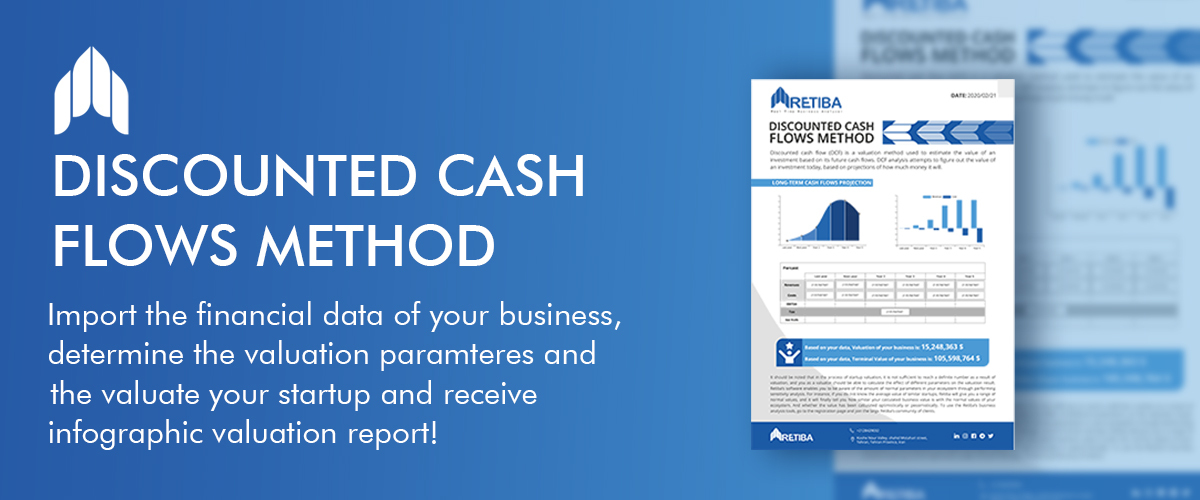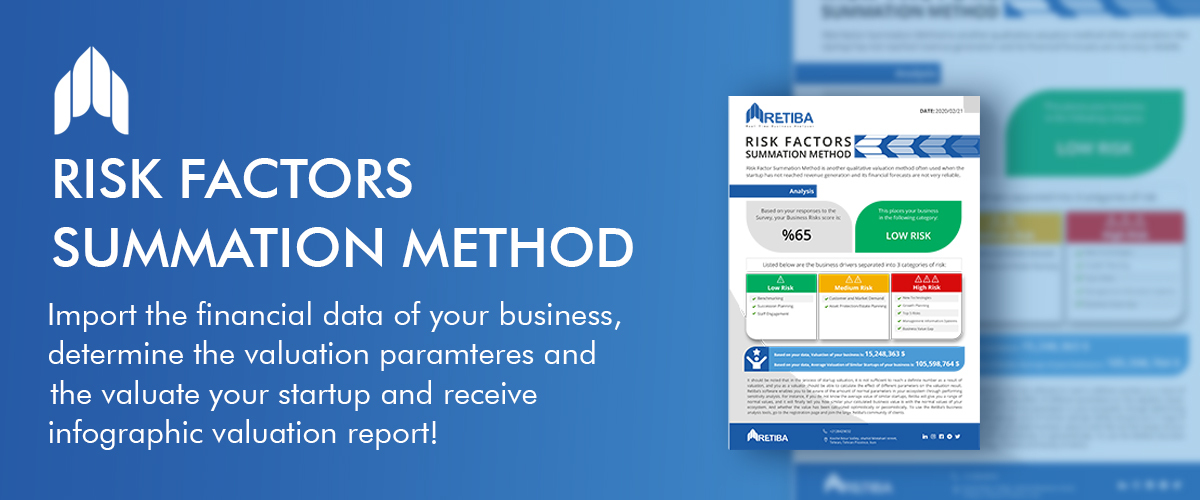The business model canvas is a concise, quick, and comprehensive method to show the designed business model to the team members, investors, and managers from different sections. Looking at the business model canvas, it is easy to see the different sections and the relationships between them. In the business model, each person has their own attitude. The business canvas is made up of specific parts, each representing a section. The business canvas provides you with a clear vision of the business in a comprehensive and understandable way. Of course you should consider that the business model canvas is only a small part of the business model. To study it deeply, you must first be familiar with the business model and business model analysis. stay with Retiba
Table of Contents
What is business model canvas?
The business canvas was created by Alexander Osterwalder. In fact, it is a visual representation of a business model. This plan is usually used by business managers. It provides a clear and comprehensible view of the business and makes it possible for you to present your business model and analyze ideas better and makes it easier for different sectors to communicate with each other in a more effective way. A business model canvas is a strategic tool for developing new business models or proving and optimizing existing models. It is created as a comprehensive map. Industrial giants such as Google, Nestlé, etc. use business model canvas to discuss existing business trends or developing new sectors in their own business in a structured and tangible way.
The business model canvas is a great tool that brings focus, flexibility and transparency. With a business model canvas, you no longer need to process dozens of sheets of traditional business plans which are really complex. The business model canvas explains on a single wide page about the key components that drive the business forward, eliminating other unnecessary ones. Creating a business model canvas is easier, clearer and more coherent than other tools.
What is the difference between a business strategy , a business model and a business plan?
How to edit a business model canvas and its components?
The business model canvas has 9 nine building blocks and consists of three main parts. The right side of the canvas is related to customer-related issues. The center of the canvas expresses the value propositions of your business. The left side of the canvas expresses the concerns of your business environment. So with this model, you can fully design and describe your business and make the necessary changes if needed. The various processes and activities of a business in the business model canvas are categorized into several parts. This division is usually in the form of nine categories, each of which represents a part of the process of creating a product or service.
Block #1: Customer Segment
This section is for all people who are identified as customers or target users in your business. For whom do you create value? What are the products or services that you are going to offer to each target customer segment? The output should be a list of customer personas that are determined by the type of customers. You need to be aware of what these people think of your product and how they feel about it. Customer persona means a complete profile of a customer such as gender, financial status, level of education, interests, and so on.
Block #2: Value Proposition
It is a value or special feature that you offer to your customers. What are the values you are going to create for customers? Value propositions can be quantitative (price, productivity) or qualitative (customer experience). The output should be a list of value propositions arranged in order of priority.
Block #3: Distribution Channels
In this section, all the channels and ways by which you offer your value to the customer are included. This part of the business model canvas shows which sales channels to focus on to gain more access to the target customers. How could these channels become integrated? Which channel is more affordable? The company can find its contacts through its own channels or through the channels of its partners. The output should be a list of all channels that are linked to the customer personas or other corresponding sections.
Block #4: Customer Relationship
It is about the activities and strategies that you use for customer retention, customer satisfaction and effective relationship with them. What kind of relationship should you have with each group of customers? What are your customers’ expectations? How do you meet these expectations? You can decide what kind of relationship to have with your customers.
Block #5: Revenue Stream
Here you mention the ways you earn revenue from. You will write down every sources of income you have in your business with the details of the numbers and figures in this section. How much do your customers want to pay and what kind of value do they pay for? What is their preferred method for paying money? How do they pay now? How does each revenue stream add to the total revenue? There are several ways to make revenue stream for your company, such as selling assets, selling subscriptions, leasing, dealerships, advertising, and so on. This revenue stream should be in relation with customer personas or value propositions.
Block #6: Key Resources
All the resources you need during your career, including human resources, financial resources, and physical resources, are available in the business model canvas. These resources can include things like your company’s building, web hosting requirements, human resources, transportation, electricity, and other infrastructure. These resources can be linked to key activities.
Block #7: Key Activities
They are all of the activities you do to grow your business. What kind of key activities do your value propositions require? What are your distribution channels? Customer relations? Revenue streams? These activities include delivering your products, research and development, strategy development, and so on.
Block #8: Key Partners
In fact, this is not about founders and partners, but about the group of networks that helps your business grow. Who are your key partners? Who are your key suppliers? What key resources do you get from these people? What kind of activities do your key partners do? Key partners are companies or suppliers out of your company that you need them to carry out your key activities and distribute value among your customers. Buyer-seller relationships are essential in optimizing operations and reducing the risks associated with a business. With the help of joint ventures and strategic alliances, you can build a number of business alliances with your business partners. These key partners, just like key resources, are involved in key activities.
Block #9: Cost Structure
In this part you enter the costs you should take for implementation and developing the project in your business. This includes two categories of fixed costs and variable costs. What are the most important cost drivers in your business model? Which key resources and key activities are most expensive? Your business can be cost-based or value-based. The cost-based company pays attention to minimizing all costs, while the value-based company focuses more on distributing excellent value among customers in terms of quality or credit. You need to consider how your business model canvas can improve your business or product.
What do successful entrepreneurs think about when to complete a home business model?
In fact, many entrepreneurs agree that at the time of launching the startup, you should go for filling out these 9 blocks, and you don’t have to do it before that. For startups, the resources, costs, and partners are not important at all. Let’s put the sales and the business partner together to make the point clearer. Which one do you think is more important? A startup would be sustainable when it can sell. Suppose a business has the best investors, and if it can’t sell, it’s no surprise that it will fail within a few months. Putting your business model canvas on a big board and asking the whole team to review it is a great method to make sure all important managers and employees understand what you have in mind, and agree with it. The participatory approach also creates new ideas. You should not limit your focus only to the current business model, but you should constantly improve it.









